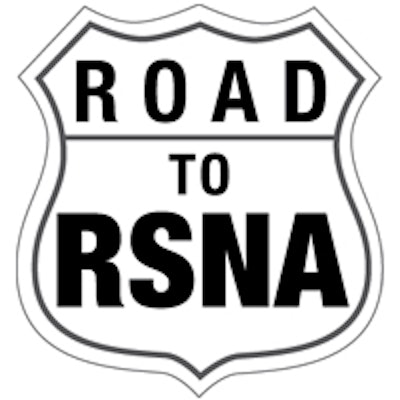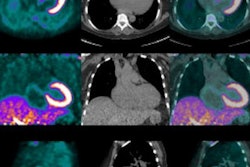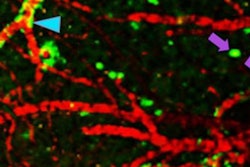
The potential of molecular imaging to advance healthcare in the coming years knows no bounds. The development of novel radiotracers to explore neurodegenerative conditions, the convergence of PET with MRI, and maturing applications in PET and PET/CT continue to guide a wide range of clinical applications.
One piece of novel research comes from the Washington University School of Medicine in St. Louis, where researchers have developed a PET tracer known as AV-1451 to track neurofibrillary tau pathology in vivo and its relationship with atrophy in the brain and Alzheimer's disease. Similar radiotracers are providing ways for clinicians to investigate dementia and other neurological conditions while patients are still alive rather than waiting for an autopsy.
PET/MRI will continue to positively affect routine clinical applications into the next decade. The addition of F-18 fluoride to PET with MRI enables better diagnosis of joint arthritis, while the investigational radiopharmaceutical gallium-68 DOTATOC with PET enhances the evaluation of neuroendocrine tumors. By utilizing a multitude of MRI sequences, researchers can add vital information to PET/MRI breast cancer results and other conditions.
PET/MRI's most advantageous quality may be its ability to greatly reduce patient and staff exposure to radiation compared with conventional PET/CT scans. A next-generation digital PET scanner combined with CT is making it feasible to reduce FDG dose and achieve the same, if not better, image quality.
PET itself continues to hold its own as a mainstay for oncology imaging, while SPECT can overcome inherent limitations of other imaging modalities, for example, in myocardial perfusion imaging of obese patients.
Of course, the best way to get insights on these trends and cutting-edge research at RSNA 2016 is to plan your agenda ahead of time. A complete rundown on all the scheduled presentations, abstracts, posters, refresher courses, and educational forums for the entire meeting is available here.
But, first, peruse the list of the scientific sessions below with comments from the presenters on how their findings could affect your radiology practice.




















